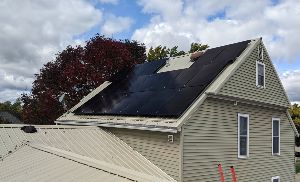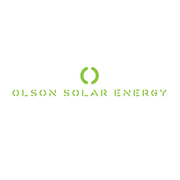Differences Between Grid-Tied & Off-Grid Solar Energy Systems

One of the most exciting ways homeowners can add value to their homes is by installing solar energy panels. By harnessing the sun's rays to power appliances, they make themselves less reliant on utility services, which lowers their monthly spending. They also reduce their carbon footprint. There are two options available to households: grid-tied and off-grid systems. The guide below explores their differences.
Grid-Tied
Grid-tied solar energy systems are still connected to the local power company's electrical grid. With this flexible system, homeowners don't have to worry about not generating enough energy because they can still pull power from the local utility company.
If they create more than enough power, they can also sell it to the electrical company. Because of this relationship, homeowners can start with however many panels they can afford at the moment and later add to the total.
Off-Grid

This option is what people often think about when it comes to solar energy. Once the panels are put in place—usually on the house's roof or sometimes on posts in the ground—the power is stored in batteries on-site to be accessible whenever necessary.
Off-grid systems are fantastic for those who live in more rural areas where connecting to traditional power lines can be costly. This also means you will have electricity when others are experiencing outages.
Because this type of system is intended to be independent, the setup is more elaborate. You'll also need to have enough panels and batteries to support your energy use.
Whether you opt for grid-tied or off-grid, choose Olson Solar Energy. Located in Onalaska, WI, they also serve Eau Claire, Stevens Point, Wausau, and the surrounding areas. In addition to these two options, they can also set up a hybrid system. For more information about their offerings and to review examples of their previous projects, visit their website. If you have questions about solar energy, call them at (608) 780-2347.
About the Business
(70 reviews)
Have a question? Ask the experts!
Send your question

